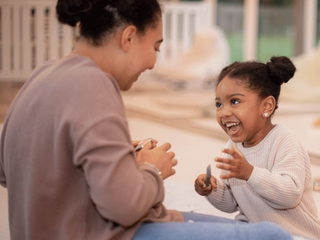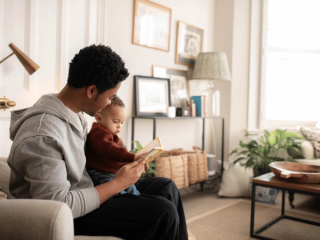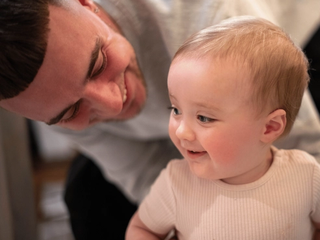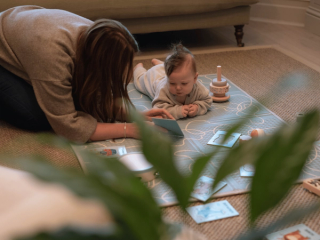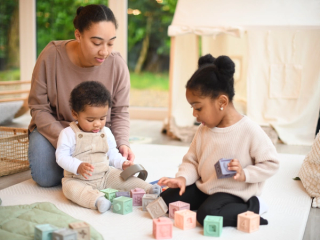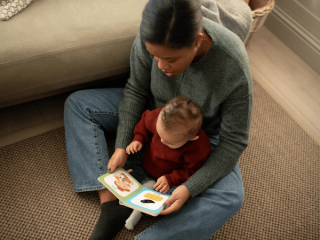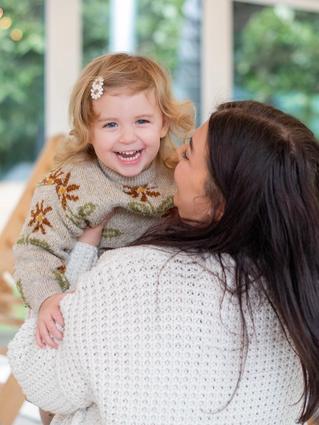
- Home
- Tools And Resources
- Baby Development Calendar
Baby development
Your baby changes so much in the first few months of life - here's what you've got to look forward to.
Your baby's first milestones
Did you know that from the moment your baby is born, she knows your voice? Around the one-month mark, you might start to spy a smile or two! Your baby will change so much in the first few years of life - our in-depth guide is a great way to get a sneak peek at all the wonderful surprises your little one has in store for you.
First 18 weeks
From 5 months old
Read more baby development articles
Advice & tips
Contact Us
We're here to help with any queries you may have, click here to find how you can contact us.
FAQs
Click here to find the answers to some of our most frequently asked questions.
About HiPP
Learn about the HiPP family's passion for providing quality products to support babies' growth and development.
HiPP BabyClub
Join our community of Experts, Partners, and HiPP parents for the latest advice, support, and guidance.

